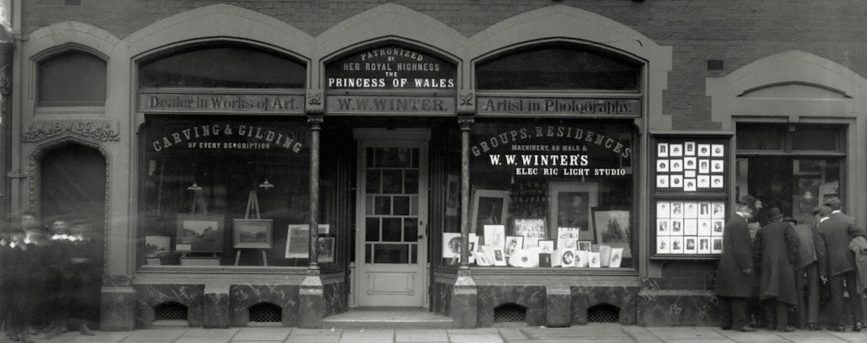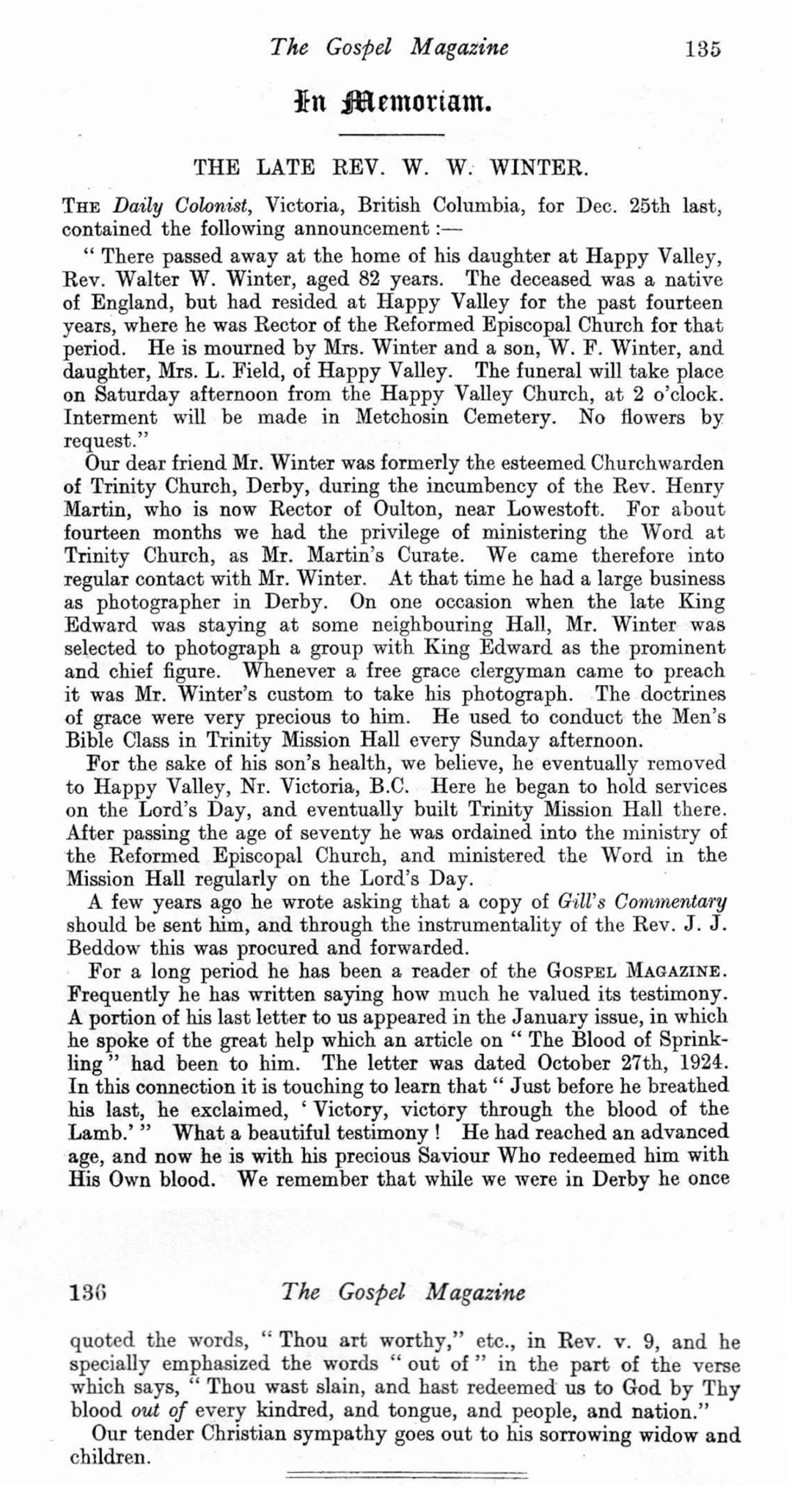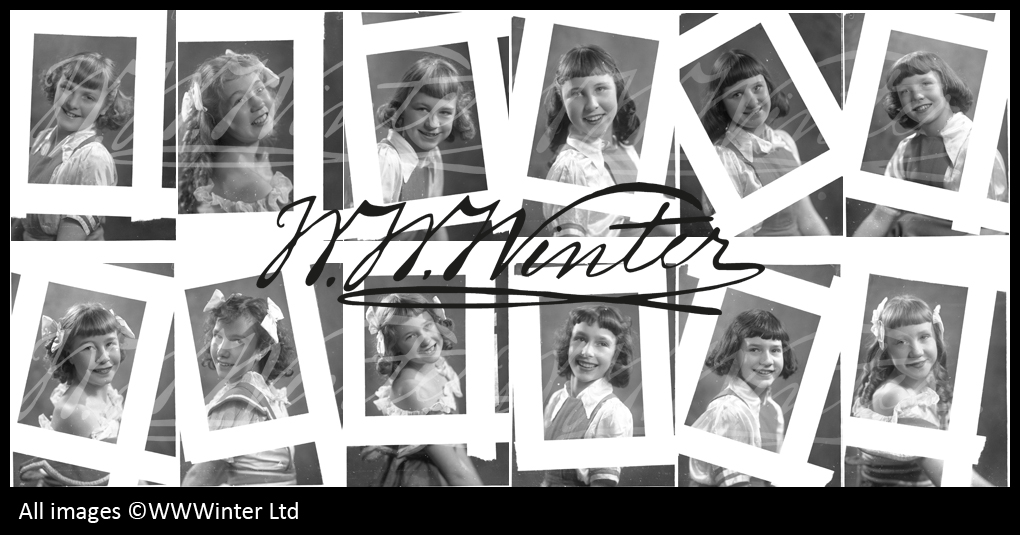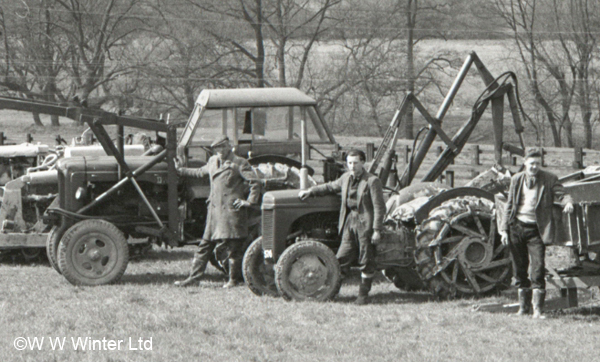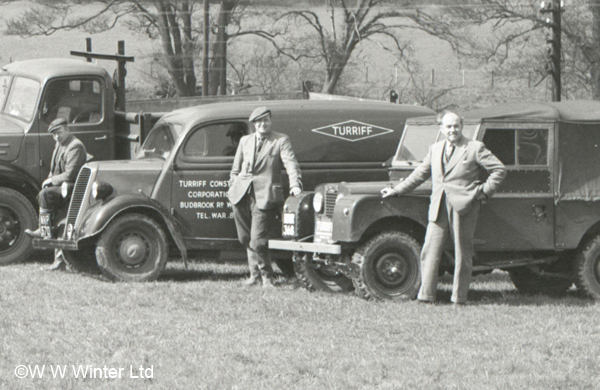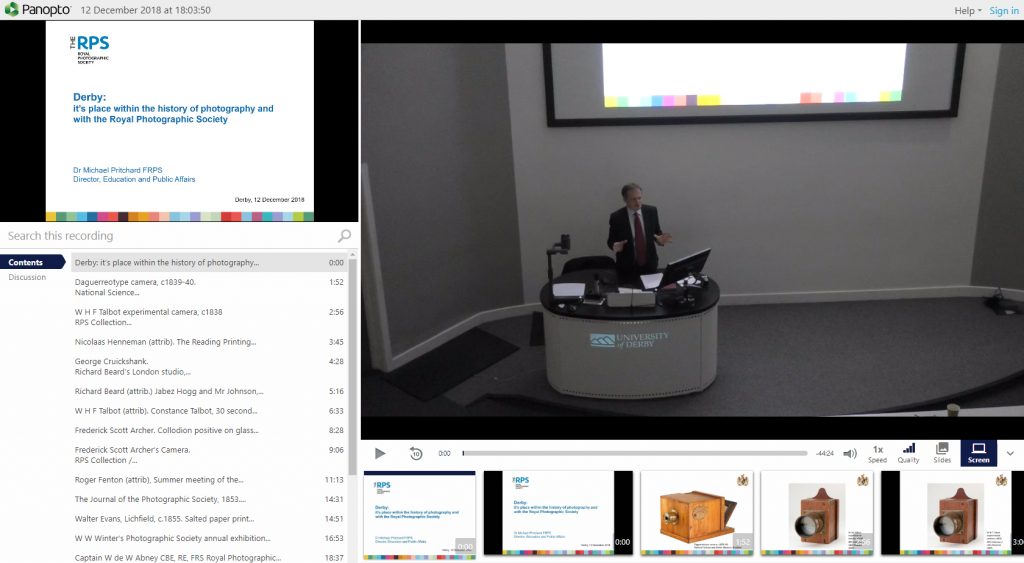Our next instalment from Joanna on the experience of volunteering as well as her insights and knowledge of W W Winter:
Last week I wrote about cleaning and archiving glass plate negatives; another part of my time at Winter’s has been tidying, sorting and cleaning artefacts. Winter’s is full of rooms, cubby holes, and roof spaces, and the cellar. When I first came to Winter’s I found it hard to work out which roof space belonged to which bit and which room was where in relation to the others! When the new post office block was built in the 1960s Winter’s buildings were sadly curtailed. There is information about the ‘lost rooms’ on the wall at the bottom of the stairs leading up to the retouching room. Articles from these rooms were pushed into what space remained and many of the plate negatives ended up in a pile of broken glass in the cellar.
Helped by Louisa’s lovely Mum I set about cleaning, sorting and listing many of the artefacts that had been found. These could be letters, documents, boxes of paints, pencils, brushes, bottles, cases for carrying equipment …….the list is endless, also the larger items, props, furniture and photographic equipment. We did wonder why there was a pair of black nylon stockings – apparently they made excellent light filters – and a cream maker (! ) we haven’t worked that one out yet. Armed with the natural hair brushes and e-cloths we attempted to remove years of grime and restore some order in this wonderful place
